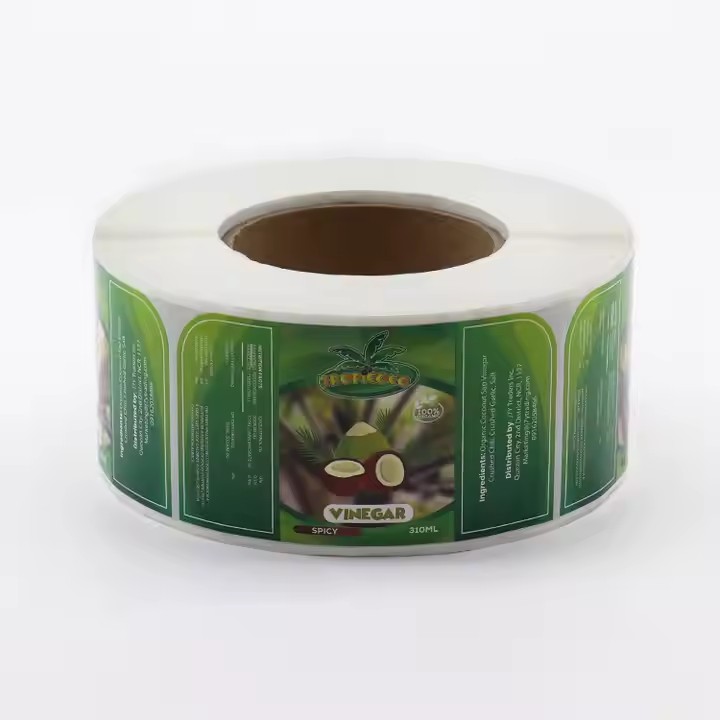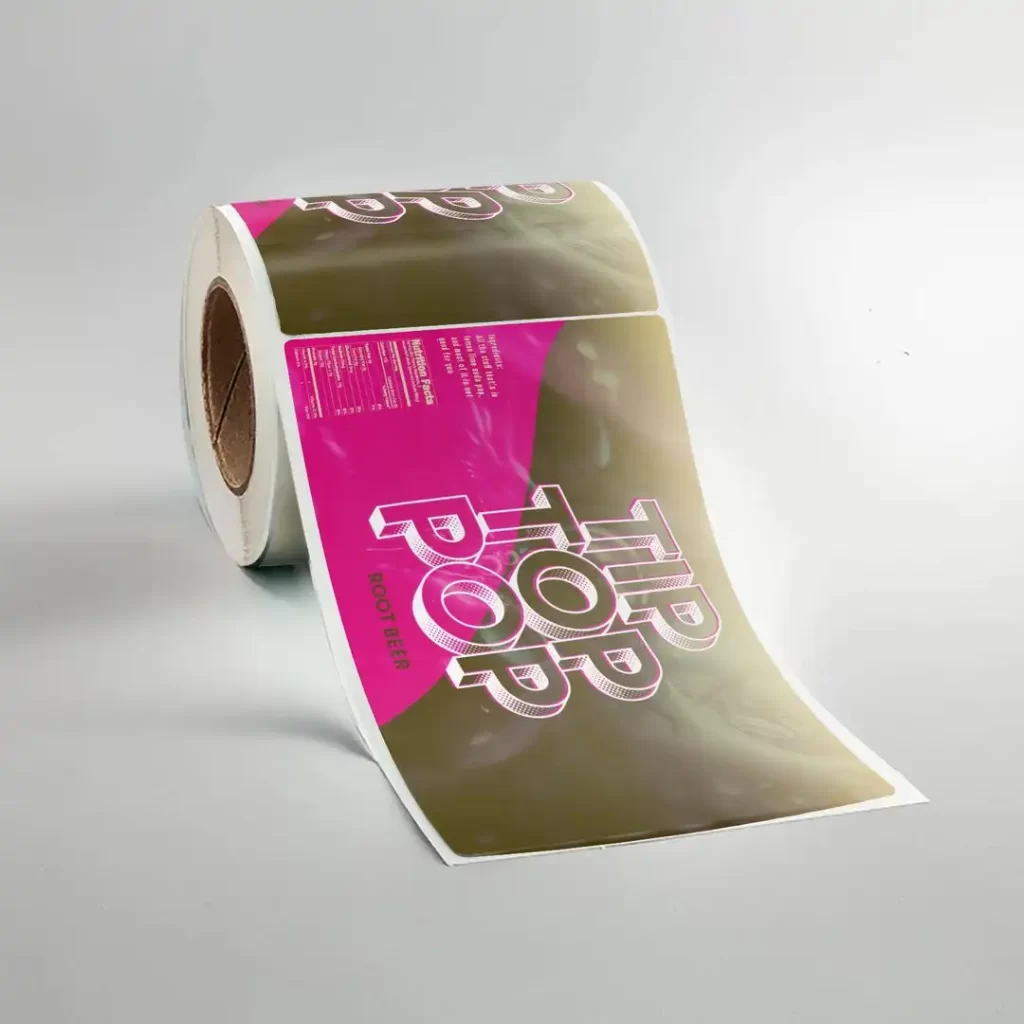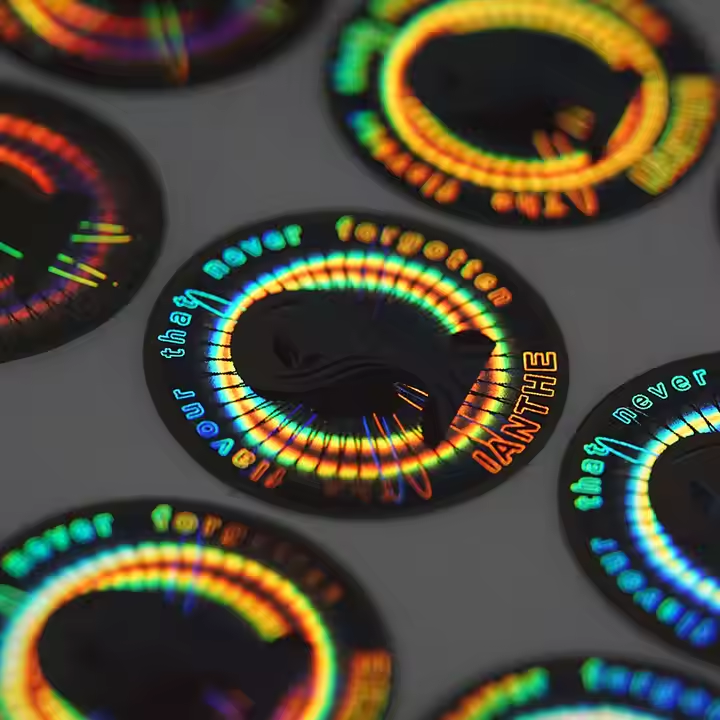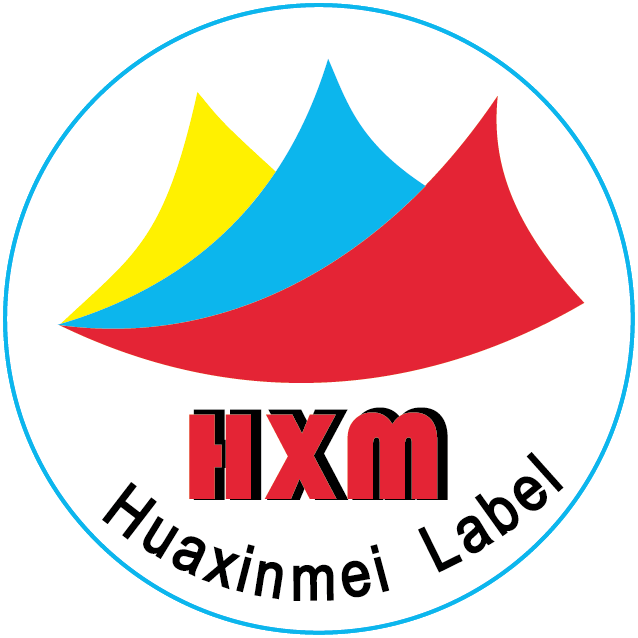Design and Specification Stage
Unified Design Standards: During the label packaging design phase, clear design specifications are established, including details such as label dimensions, shapes, colors, patterns, text content, fonts, and font sizes. For example, the size and position of trademarks must be accurate to the millimeter, colors must use specific Pantone color codes, and text must be in a specified font with a fixed size to ensure visual consistency across all labels.
Review and Approval Process: A strict design review process is established. After the design is completed, multiple departments, including quality control, marketing, and legal, participate in the review to ensure that the label content complies with legal regulations (e.g., product ingredient disclosure, warning labels), brand image requirements, and market positioning. Only approved designs can be used for production.

Raw Material Procurement Stage
Supplier Management: Choose stable and reliable raw material suppliers who can provide consistent quality labels and packaging materials. Regular evaluations of suppliers are conducted, assessing the stability of raw material quality, supply capability, and timeliness of delivery. For example, paper suppliers must consistently supply paper with uniform weight, color, and strength; ink suppliers must provide ink that is the same color and quality each time.
Raw Material Inspection: A raw material inspection system is established. Each batch of raw materials is sampled or fully inspected upon arrival according to established standards. For example, physical characteristics of label paper such as thickness, flatness, and water absorption, as well as the color, viscosity, and drying speed of the ink, are checked. Raw materials that do not meet standards are strictly not used.
Printing and Production Stage
Equipment Calibration and Maintenance:
Printing Equipment: Regular calibration of printing equipment (e.g., offset presses, flexo presses, digital printers) is performed, including color calibration and registration accuracy calibration. Using a professional color management system ensures that the colors printed each time match the standard samples. For example, a color calibration is performed before starting up each day, and comprehensive equipment checks and maintenance are conducted weekly.
Die-Cutting Equipment: For label die-cutting equipment, the sharpness and precision of the blades must be maintained to ensure consistent label shape and size with each cut. Worn blades are replaced regularly, and die-cutting pressure is adjusted to avoid issues like rough edges and size deviations.

Production Process Control:
Printing Process: Detailed printing process standards are established, including printing speed, pressure, and ink usage parameters. Operators strictly adhere to process standards and conduct real-time monitoring during production. For example, during printing, tools like densitometers are used to monitor ink density to ensure color consistency; registration marks are used to ensure pattern registration accuracy within acceptable limits.
Post-Processing Techniques: For labels that require post-processing, such as lamination, hot stamping, and UV coating, clear process standards are also necessary to ensure consistent lamination smoothness, hot stamping positioning and effects, and UV coating gloss.
Employee Training and Management Phase
Skills Training: Provide comprehensive skills training for employees involved in label and packaging production, covering areas such as printing equipment operation, quality inspection standards, and process discipline. For example, new employees should undergo at least one week of intensive training upon joining, followed by practical training on the job with mentorship, and regular skills assessments to ensure proficiency.
Quality Awareness Cultivation: Strengthen quality awareness education for employees, making them understand the importance of label and packaging consistency. Use case studies and quality incident reports to illustrate the potential harm of quality issues to brand reputation and company image. Establish a quality reward system to incentivize employees who identify quality problems or propose improvements.

Quality Inspection Phase
First Piece Inspection: Conduct a first piece inspection at the start of each production shift or after changing product specifications or adjusting equipment. Compare the first product with standard samples in detail, including all label details and packaging formation effects. Only after passing the first piece inspection can formal mass production commence.
Process Inspection: Regularly conduct sampling inspections during production according to a set sampling frequency (e.g., sampling once an hour, with a certain number of labels and packages sampled each time) to check compliance with quality standards. Focus on the accuracy of label content, printing quality, and packaging size precision.
Finished Product Inspection: Conduct a comprehensive inspection of finished label and packaging products. Use full inspections or sampling methods to check for defects, such as label adhesion and seal integrity. For non-compliant products, strictly follow non-conforming product control procedures, including rework or disposal.



